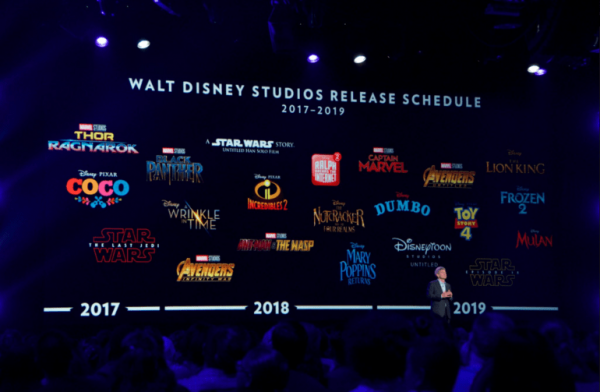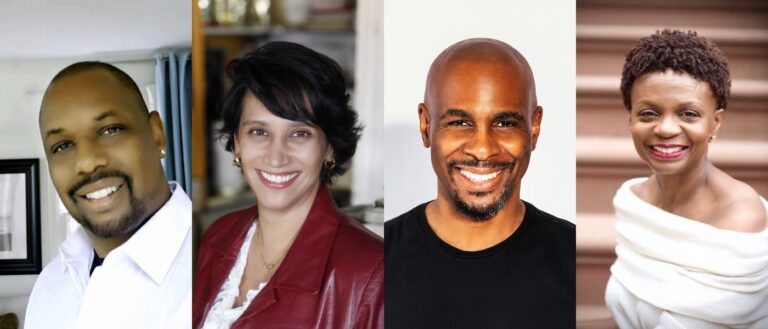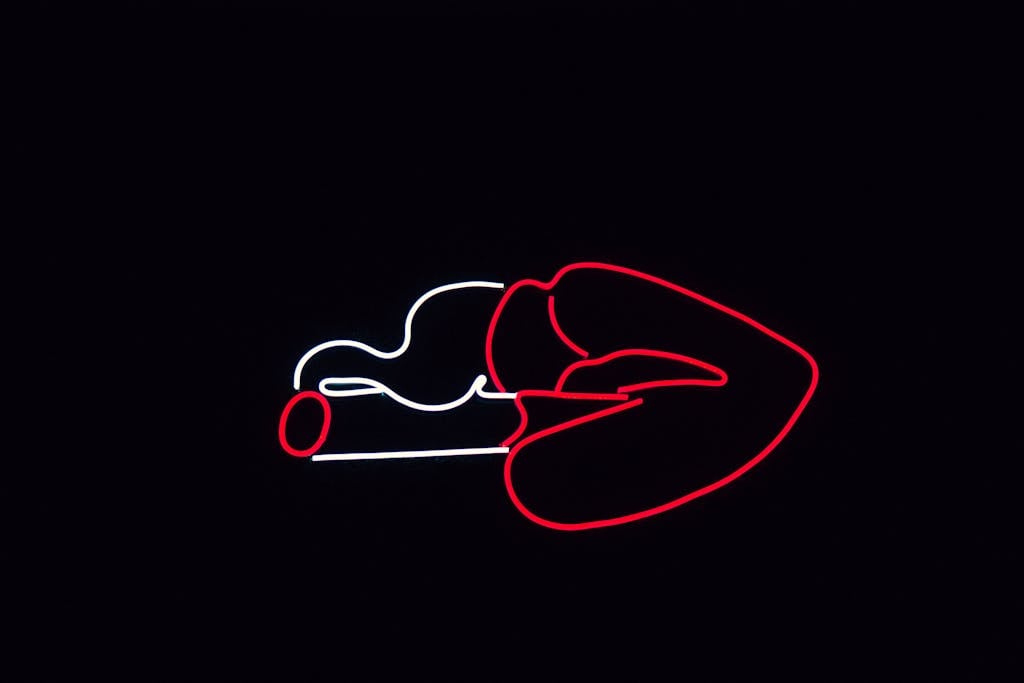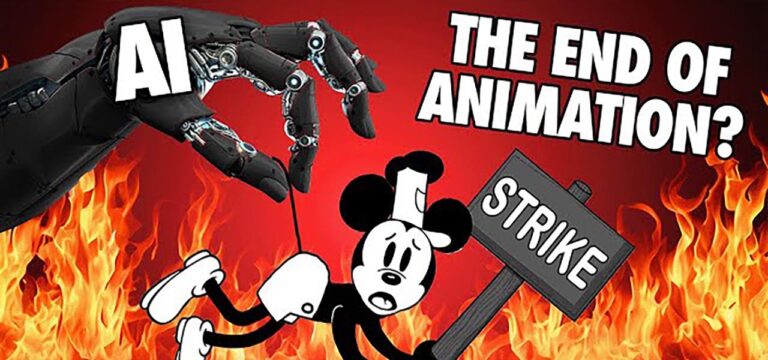The current state of the feature market means that Disney is not desirous of creative, new, and risky ideas. The upside for them does not outweigh the downside of a flop at a time when every film must make bank. Tomorrowland and John Carter only emphasise and reinforce this line of thinking.
The reasons why are obvious too. Shifting consumer habits mean less cinemagoers in general. Smaller audiences mean a drive to acquire the largest share of that audience. That means catering to as many people as possible with every film made; i.e. mainstream audiences with mainstream tastes.
Disney’s Ideas

In his rather excellent post on the topic, David Perell points out that the internet reflects the belief that creative ideas always start on the fringes of society before gradually making their way towards the much larger mainstream in the middle. Disney is about a mainstream as you can get and unsurprisingly does not produce truly creative content as Pixar so amply demonstrated back in 1994 with Toy Story, and Nickelodeon did with their Nicktoons before that.
Disney releases sequels and rehashes old ideas because audiences are more likely to go and see that kind of thing. Never mind that sequels are not the surefire winners and live-action adaptations have no shelf life. Even original films don’t do much more than strike gold at the box office. I wrote about that back in 2013 and it’s only become more potent since.
Disney’s DNA
Rather amusingly, the question of whether Disney is running out of new ideas pops up more regularly than you might think. In the latest version, Maya Phillips points out the discrepancy in the variety of content the company used to put out even twenty years ago, and what it puts out today. The reasons aren’t mysterious or secreted away in the vault, they’re much more straightforward. Yet they are indicative of a corporation with an allergy to new ideas and their rewarding results.
Disney has thousands of inspired, talented and creative artists working for it who no doubt have great ideas that would find a waiting audience. There’s no time like the present to mine a rich resource they already have access to. If they don’t they might truly find themselves out of new ideas, and no way to find any more.
Many articles like Ms. Phillips’ are distinctively narrow and focus on feature films; a valid base for such an argument. The company’s cinematic output mirrors the wider industry with an emphasis on franchises and tentpole films designed to wow the audience and give them a reason to keep coming back. The facts bear it out too. Disney’s feature film releases are increasingly either a thematic universe feature, a sequel, a live-action remake of an animated film, or a theme park adaptation. The last original animated feature Coco came out in 2017, and Moana came out in 2016.
Rather than stop asking the question of whether Disney has run out of ideas, we should be asking why it isn’t innovating its business model to allow more creative ideas without the same degree of risk. Big-budget feature films are not going to be sustainable for much longer and the sooner the company can learn to make them cheaper without compromising on quality the better because a repeat of the terribly expensive Sleeping Beauty is entirely possible if the current mindset continues.
Disney’s Dilemma
All of this is quite ironic when you consider how willing Netflix is to pump out new shows and films that almost entirely consist of new ideas. Netflix is not beholden to old ways where films and TV shows are locked into scheduled seasons and advertising upfronts. It also draws its revenue from monthly subscriptions, not a hodgepodge mix of box office takings, licensing fees, retransmission fees, and advertising.
The end result is that Disney can’t commit to new ideas because it is beholden to legacy business and revenue models, and must satisfy an audience that inherently prefers ideas that are inoffensive and have been through a few rounds of polishing to remove any rough edges. It is allergic to creative, innovative, and boundary-pushing ideas almost by design. It will never be seen on the cutting edge of culture and will not be seen to take the risks that Netflix does because that firm does (for the moment) live much closer to the cultural edge by virtue of its Silicon Valley roots.





